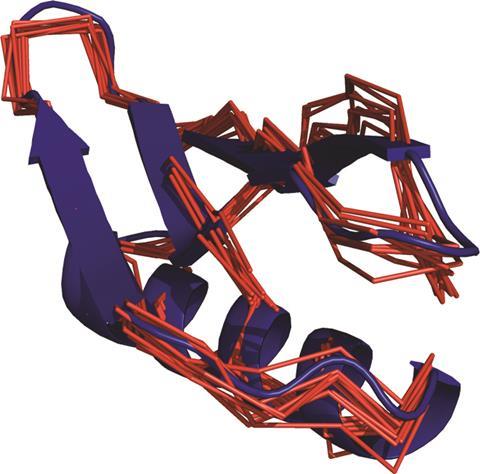 Two separate groups of scientists have developed methods to uncover proteins’ 3D structure inside living animal cells for the first time.
Two separate groups of scientists have developed methods to uncover proteins’ 3D structure inside living animal cells for the first time.
It is vital to know the structure of a protein to understand its chemical and biological functions. Scientists usually need to purify and crystallise a protein to determine its 3D structure by x-ray crystallography. Not only is this process difficult and lengthy, it can also misrepresent the protein’s structure, as the measuring conditions are vastly different from the conditions inside a living cell.
Now, a researcher team led by Xun-Cheng Su from Nankai University in Tianjin, China,Conggang Li at Chinese Academy of Sciences, and Thomas Huber from the Australian National University, has analysed a protein’s structure using nuclear magnetic resonance (NMR) spectroscopy inside living frog cells.1 The researchers tagged the protein with a beacon, a paramagnetic lanthanide tag, which binds to a cysteine residue on the outside of the protein. ‘The measured effects from the beacons tagged onto the protein give away the positions of the atoms in the protein, in a similar way that a set of satellites can be used to locate the exact position of a GPS receiver,’ Su explains.
Read the full article on Chemistry World >>>










